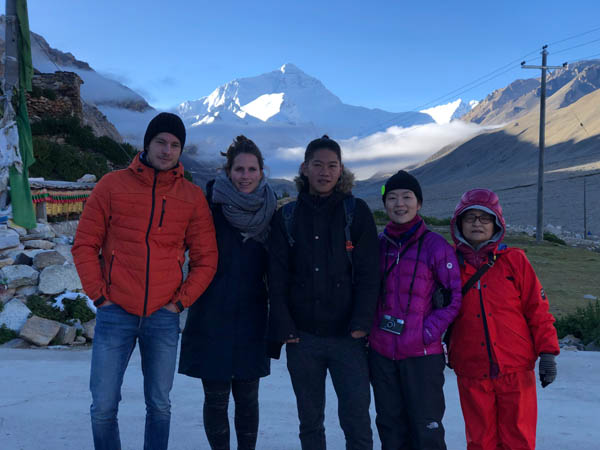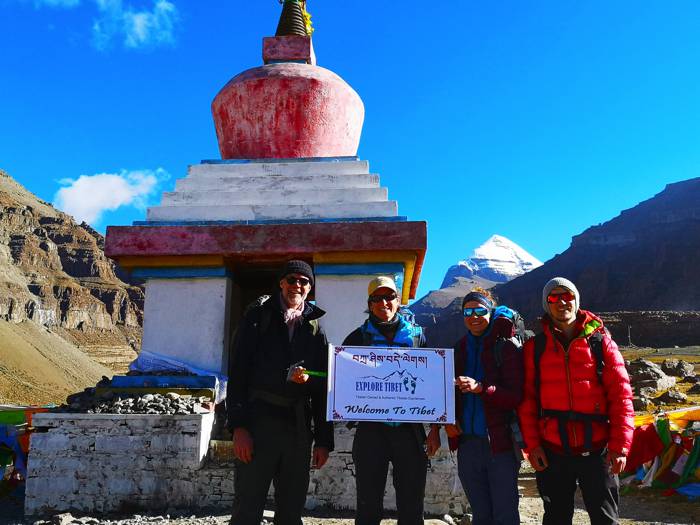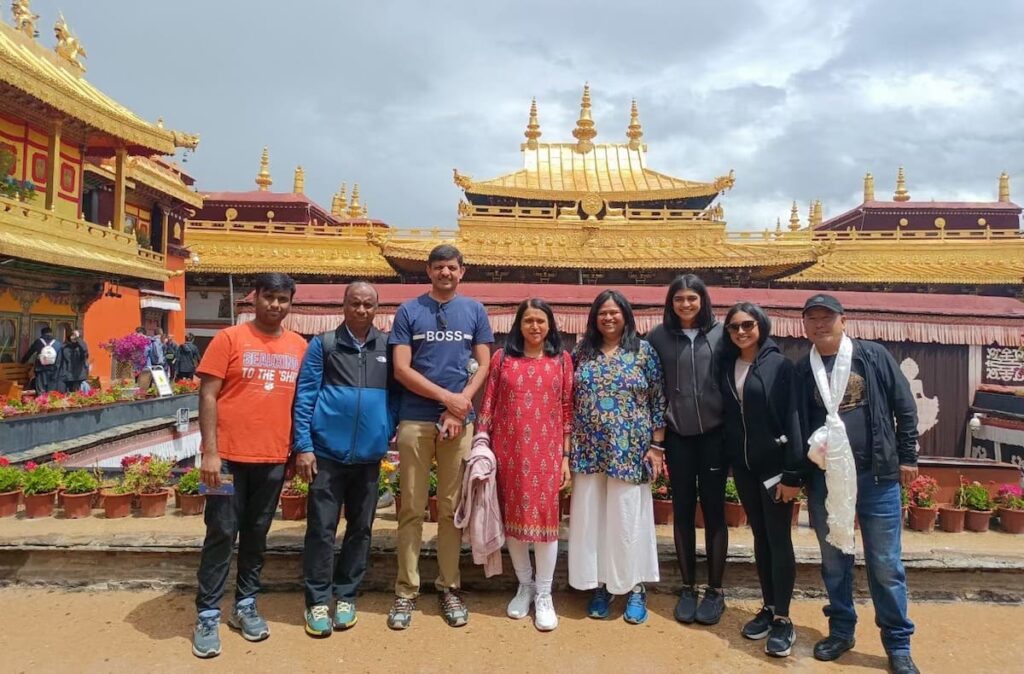Embarking on a journey to Tibet is an experience that promises unparalleled spiritual enrichment, breathtaking landscapes, and a deep dive into a unique cultural heritage. Planning a trip to this mystical land requires careful consideration and thorough preparation. This comprehensive guide is designed to help you navigate the complexities and ensure a memorable and enriching experience in Tibet in 2024.

The Land Beyond the Clouds
Tibet, with its towering peaks, ancient monasteries, and serene lakes, offers a blend of natural beauty and spiritual depth unmatched by any other destination. Situated on the Qinghai-Tibet Plateau, it features some of the world’s highest elevations, including Mount Everest’s north face. The region is not just a geographical marvel but a spiritual haven, home to centuries-old Buddhist traditions.
Best Time to Visit
Tibet’s unique high-altitude climate dictates the best times to visit Tibet. The ideal months are from April to June and September to October when the weather is most stable, and the skies are clear, offering spectacular views of the Himalayan range. These periods also avoid the harsh winter cold and the summer monsoon season.

Securing Travel Permits
All foreign visitors to Tibet must obtain several permits, including the Tibet Travel Permit (TTP), which is essential for entry. Depending on your itinerary, additional permits such as the Alien’s Travel Permit (ATP) and the Military Permit may be required for travel outside of Lhasa or to restricted areas. It’s crucial to work with a registered travel agency, as independent travel in Tibet is not permitted for non-Chinese citizens.
Choosing a Reputable Tour Operator
Due to the regulations requiring all foreign visitors to be part of an organized tour, selecting a reputable tour operator is one of the most critical steps in planning your Tibet trip. Look for agencies with proven experience in Tibet, positive reviews, and a commitment to responsible tourism practices.
Crafting Your Itinerary
Tibet offers a wealth of destinations, from the cultural treasures of Lhasa, including the Potala Palace and Jokhang Temple, to the natural wonders of Mount Everest Base Camp and the sacred Mount Kailash. Consider your interests, physical fitness, and the time available when planning your itinerary. Popular routes include the classic Lhasa to Everest Base Camp tour and the spiritual Kailash Kora pilgrimage.

Preparing for High Altitude
Tibet’s high elevation poses a risk of altitude sickness. To mitigate this, plan a gradual ascent, allowing time to acclimatize, especially in Lhasa. Stay hydrated, avoid strenuous exercise initially, and consider consulting with a healthcare provider about altitude sickness medication.
Cultural Sensitivity and Respect
Tibet is a region with deep spiritual and cultural traditions. Travelers should approach their visit with respect and openness, observing local customs, dressing modestly at religious sites, and seeking permission before photographing people or sacred spaces.
Sustainable Travel Practices
The fragile ecosystem and cultural integrity of Tibet necessitate a sustainable approach to travel. Choose eco-friendly accommodations, minimize waste, and support local businesses. Engage with the community in a way that respects their culture and benefits their economy.
Packing Essentials
Given Tibet’s variable weather, layering is key. Include warm clothing, a sturdy pair of walking shoes, and sun protection. Due to the remote nature of many destinations, bring essential medications, a first-aid kit, and any specialized gear for trekking or camping.

Staying Connected
While major cities like Lhasa offer reliable internet and mobile services, remote areas may have limited connectivity. Consider a local SIM card for better coverage and inform loved ones of your itinerary and expected communication availability.
Health and Safety
Access to medical facilities in Tibet can be limited, especially outside Lhasa. Travel insurance with adequate coverage for high-altitude trekking and medical evacuation is essential. Be aware of the symptoms of altitude sickness and the locations of medical facilities along your route.
Financial Planning
While major cities accept credit cards, cash is essential for smaller towns and remote areas. ATMs are available in Lhasa and Shigatse, but it’s advisable to carry sufficient Chinese yuan for your journey.
Learning Basic Tibetan Phrases
While many Tibetans speak Mandarin and some English, especially in tourist areas, learning a few basic Tibetan phrases can enhance your interaction with locals and show respect for their culture.
Navigating the Cuisine
Tibetan cuisine, with its hearty dishes like momos (dumplings) and Thukpa (noodle soup), reflects the region’s high-altitude lifestyle. While in Lhasa and other larger towns, you’ll find a variety of dining options, including international cuisine, in more remote areas, choices may be limited to local fare.
Exploring Beyond the Tourist Trail
While iconic sites like Everest Base Camp and the Potala Palace are must-visits, Tibet’s true magic often lies off the beaten path. Consider incorporating lesser-known sites like the ancient kingdom of Guge or the serene beauty of Namtso Lake into your itinerary.
Leaving a Positive Impact
Your visit to Tibet can contribute positively to the local community and environment. Consider participating in cultural exchange activities, purchasing local handicrafts, and adhering to Leave No Trace principles during treks and outdoor activities.

Conclusion
Planning a trip to Tibet in 2024 offers an opportunity to explore one of the world’s most extraordinary destinations, a land where the spiritual and natural realms intertwine against the backdrop of the majestic Himalayas. By preparing thoroughly, respecting local customs and the environment, and embracing the unexpected, travelers can ensure a journey that not only leaves a lasting imprint on their hearts but also contributes positively to the preservation of this unique region. As you embark on this adventure, remember that the journey to Tibet is not just a physical voyage but a passage to understanding, respect, and connection with a land that has captivated the human spirit for centuries.
